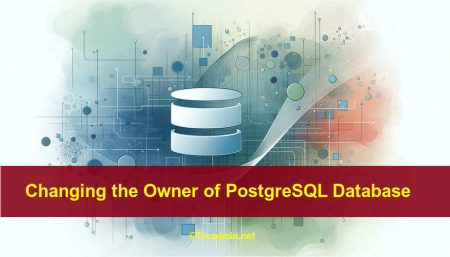PostgreSQL is an open-source object-relational database system. PostgreSQL 11 is the latest version available for the installation on Debian systems. It is one of the leading database server used for production servers. This tutorial will help you to install the PostgreSQL database server on Debian 10 Buster Linux systems.
Step 1 – Setup PostgreSQL PPA
First, you need to import PostgreSQL packages signing key on your system. Use the below command to import the key.
wget -q https://www.postgresql.org/media/keys/ACCC4CF8.asc -O - | sudo apt-key add -
Now add PostgreSQL apt repository in your system as per your operating system. These are suggested on official PostgreSQL website using following command.
sudo sh -c 'echo "deb http://apt.postgresql.org/pub/repos/apt/ buster-pgdg main" >> /etc/apt/sources.list.d/pgdg.list'
Step 2 – Install PostgreSQL on Debian 10
At this stage, you have successfully added PostgreSQL official repository in your system. Now update the repository list. After that install Latest PostgreSQL Server in our Ubuntu system using following commands.
sudo apt-get update sudo apt-get install postgresql postgresql-contrib
Step 3 – Connect to PostgreSQL
After installing the PostgreSQL database server by default, it creates a user ‘postgres’ with role ‘postgres’. It also creates a system account with the same name ‘postgres’. So to connect to postgres server, login to your system as user postgres and connect the database.
sudo -u postgres psql psql (11.4 (Debian 11.4-1.pgdg100+1)) Type "help" for help. postgres=#
Now you are logged in to PostgreSQL database server. To check login info use following command from the database command prompt.
postgres-# \conninfo You are connected to database "postgres" as user "postgres" via socket in "/var/run/postgresql" at port "5432".
To disconnect from PostgreSQL database command prompt just type below command and press enter. It will return you back to Debian command prompt.
postgres-# \q
Step 4 – Conclusion
Your PostgreSQL installation has been completed successfully on your Debian 9 system.
Let’s move to pgAdmin4 installation on Debian 10 systems.


